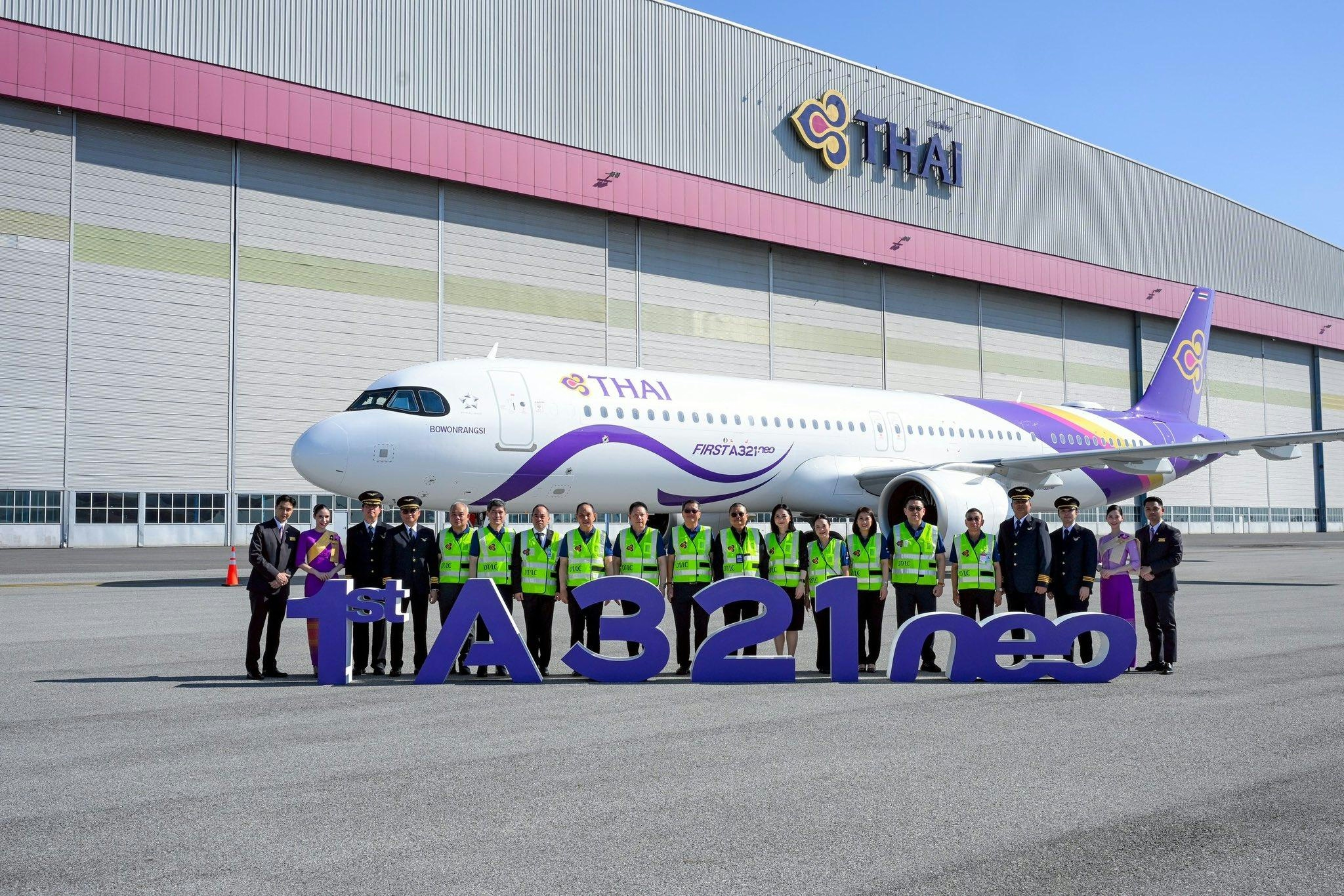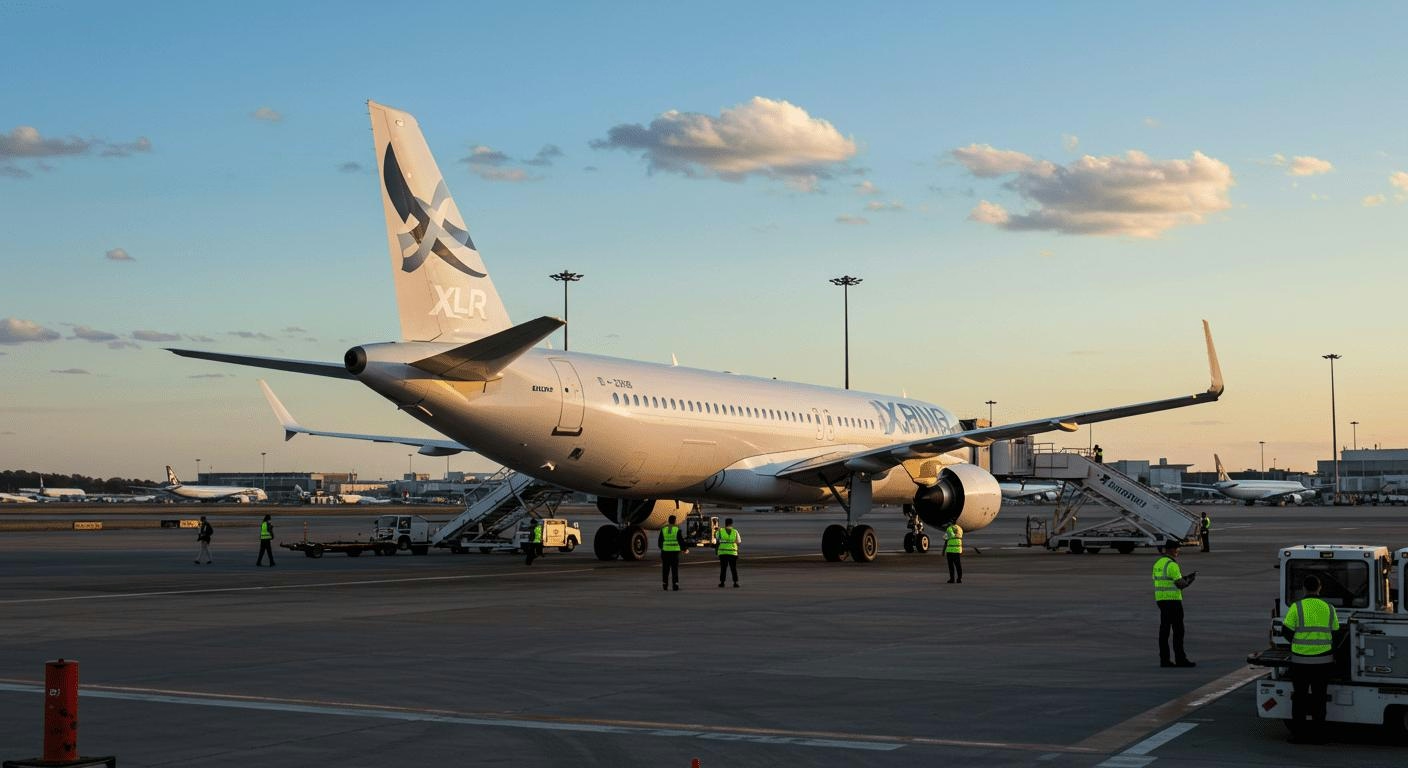
AeroGenie — 您的智能副驾驶。
热门趋势
Categories
Nicole Dyehouse Outlines NBAA’s Five Steps for Operators at BACE 2025

NBAA’s Five-Step Framework for Operational Excellence at BACE 2025
At the Business Aviation Convention & Exhibition (BACE) 2025, Nicole Dyehouse presented a comprehensive five-step approach developed by the National Business Aviation Association (NBAA) aimed at enhancing operational performance among business aviation operators. Central to her message was the principle that meticulous planning and execution are indispensable for success. Dyehouse introduced the acronym POEM—plan, organize, execute, monitor—as a guiding framework. She emphasized that the continuous cycle of using data gathered during monitoring to inform subsequent planning is essential for ongoing improvement and adaptation.
Dyehouse underscored that while execution remains a critical phase, the foundation of effective operations lies in thorough planning and organization. She highlighted the necessity of engaging teams thoughtfully and focusing on the specific challenges that require resolution. This approach, she argued, fosters a proactive and detail-oriented mindset crucial for operational excellence.
Navigating Regulatory and Technological Challenges
One of the foremost challenges facing operators today, according to Dyehouse, is the need to maintain compliance amid rapidly evolving regulatory standards while simultaneously adapting to technological advancements and the complexities inherent in global operations. These pressures have spurred heightened interest in educational initiatives, exemplified by the introduction of a maintenance track for inspection authorization (IA) renewal credits at this year’s conference. This new offering is anticipated to increase participation and engagement, reflecting operators’ commitment to staying abreast of regulatory and technological developments.
Dyehouse also highlighted the growing importance of briefings and the Aviation Safety Action Program (ASAP), particularly as the industry transitions toward digital record-keeping. She noted that briefings should extend beyond pilots to include maintenance personnel, as digital records can reveal latent risks such as recurring write-ups or parts issues. Integrating this data with ASAP programs enhances safety oversight. Furthermore, she pointed to the expanding role of artificial intelligence in analyzing maintenance records, facilitating seamless data flow from maintenance logs to operational briefings and Safety Management Systems (SMS). “Data means prevention,” Dyehouse remarked, emphasizing the preventive potential of data-driven safety management.
Cultivating a Culture of Transparency and Innovation
To promote transparency and continuous improvement, Dyehouse advocated for the implementation of structured maintenance briefings. She suggested that even brief, weekly sessions of around ten minutes could be effective, especially when focused on critical issues or achievable improvements. These small, incremental successes can build momentum and foster greater team engagement by directly addressing pain points linked to key performance indicators (KPIs). Dyehouse noted that demonstrating tangible value makes it easier to secure buy-in from team members.
The evolving business aviation landscape is also driving innovation among service providers. Companies such as MedAire are expanding their crisis response capabilities with programs like Contingency360, while organizations including TRU Simulation and US Aviation Academy are introducing virtual reality simulators to enhance training. These developments reflect a broader industry trend toward more sophisticated educational and safety solutions, as operators and providers respond to emerging challenges and opportunities within the sector.

Thai Airways Receives First A321neo Aircraft

Seoul Invests 3.35 Trillion Won in New Fighter Jet Engine Development

Can the A321XLR Replace Widebody Aircraft?

Airline Uses AI to Hold Flights for Passengers with Tight Connections

How Airlines Use AI to Set Flight Prices and What Consumers Can Do

Juniper Expands Fleet with Converted Freighter Leasing

FlyOnE Launches Air-Taxi Service to Rottnest Island

U.S. Plans to Resume Civil Supersonic Flights with Industry Support

MIT Proposes Method to Reduce Airplane Contrails and Climate Effects
